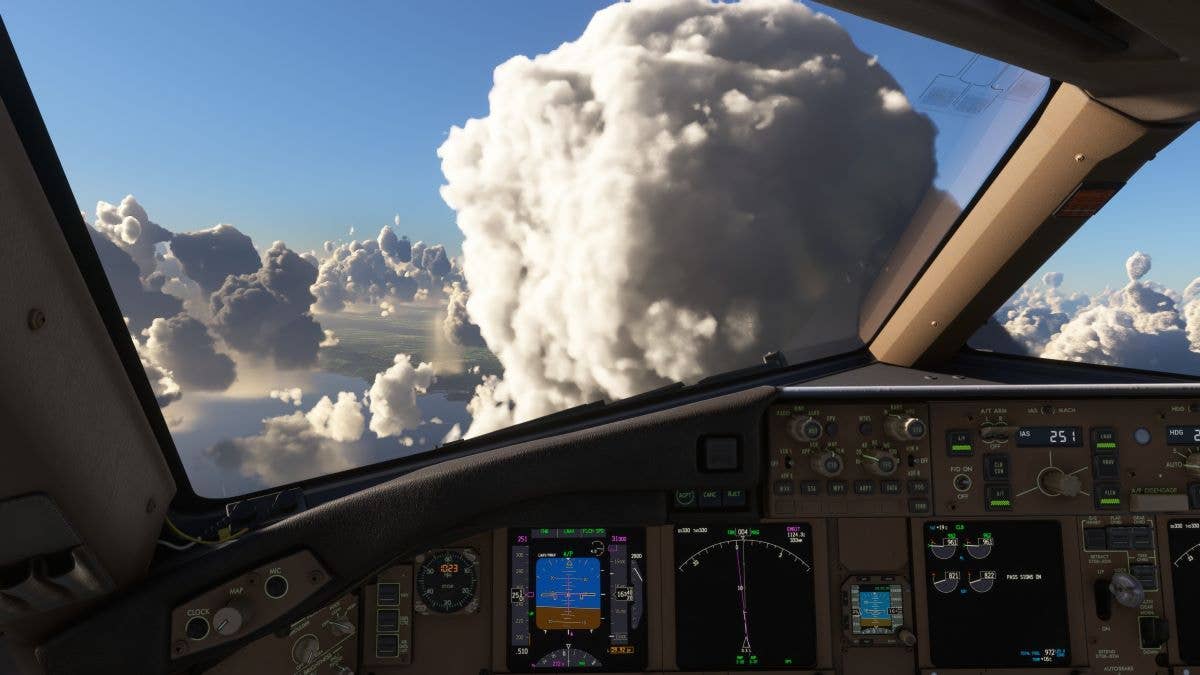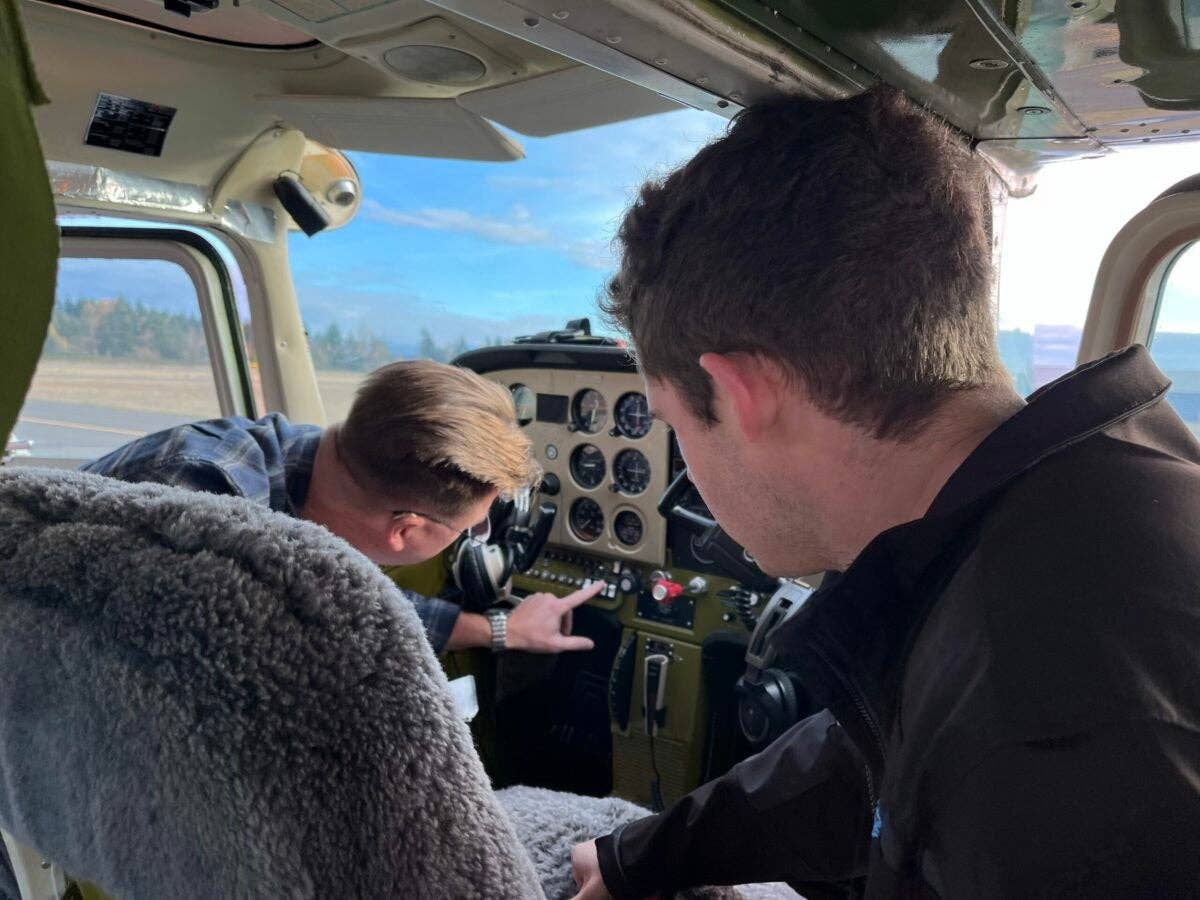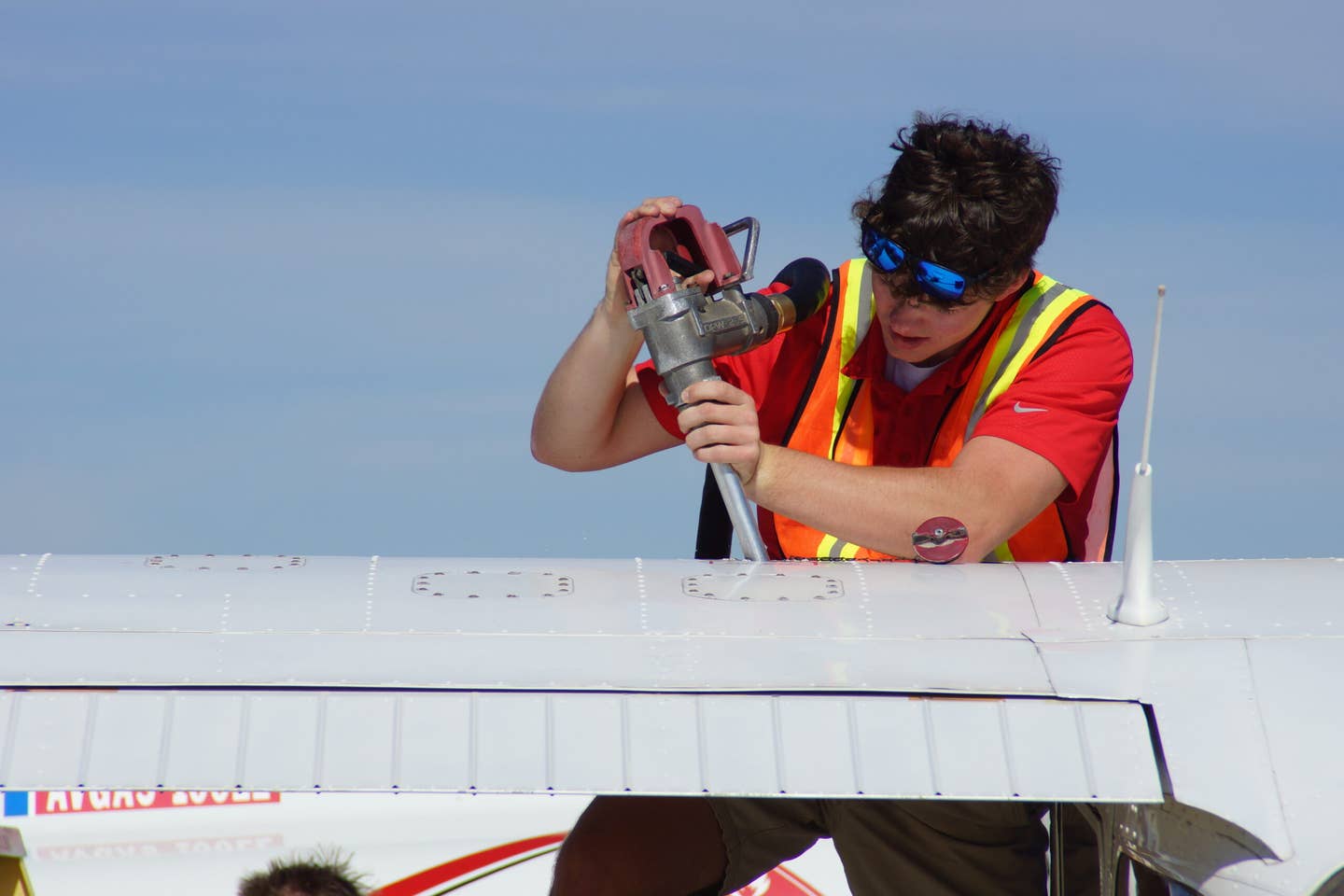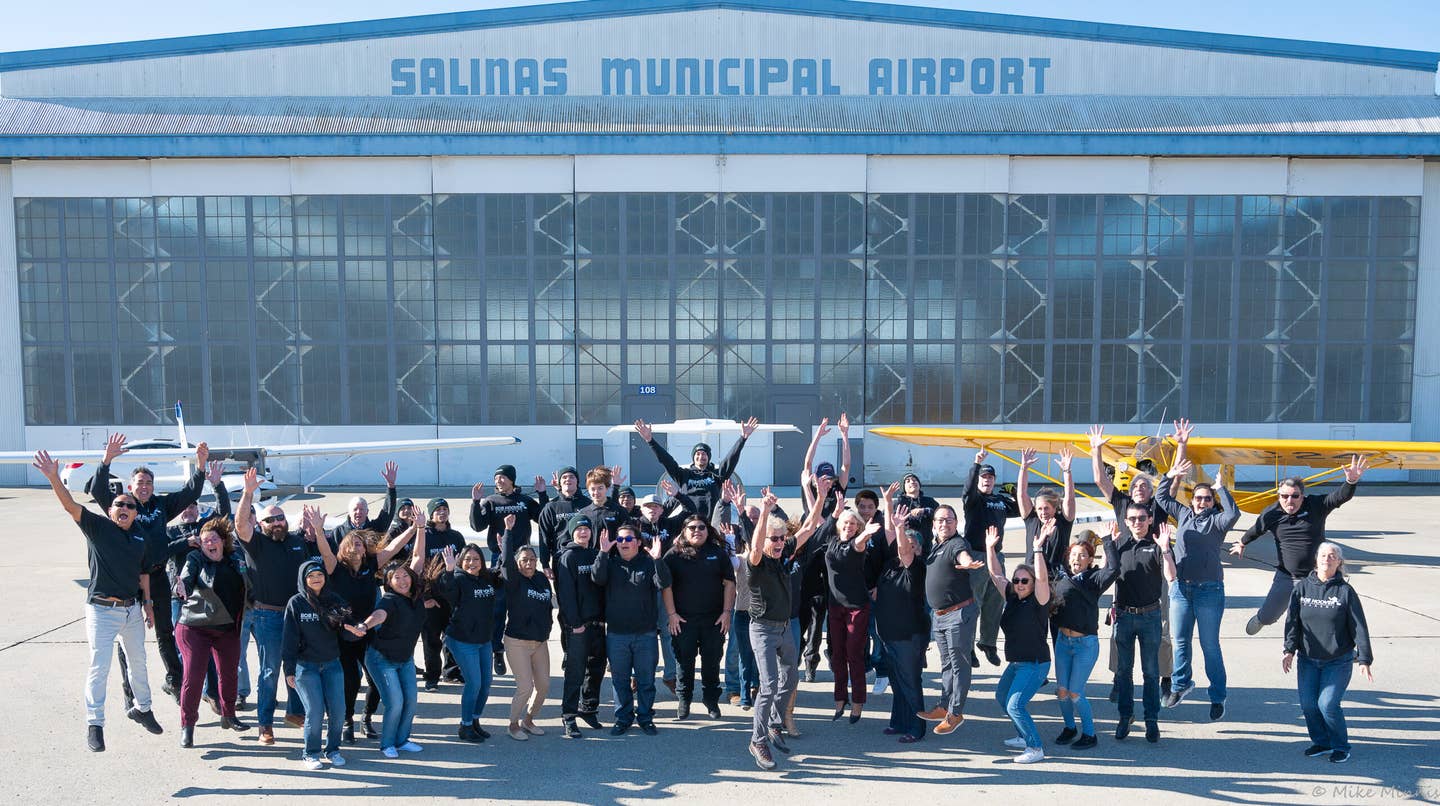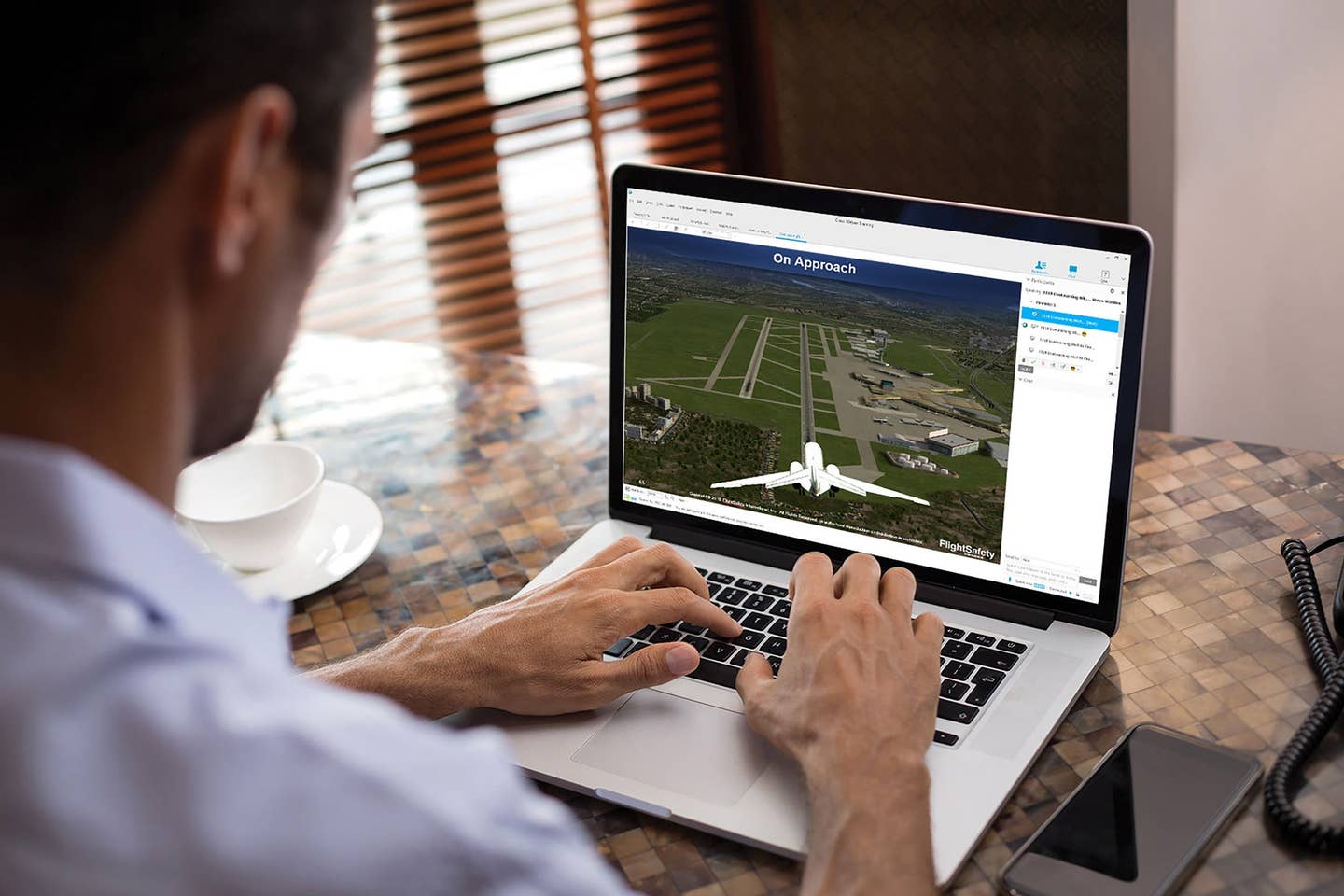Paragon Flight Training Reports Record Enrollment
The Florida-based flight school says it is on track for a 60 percent increase in training hours this year.
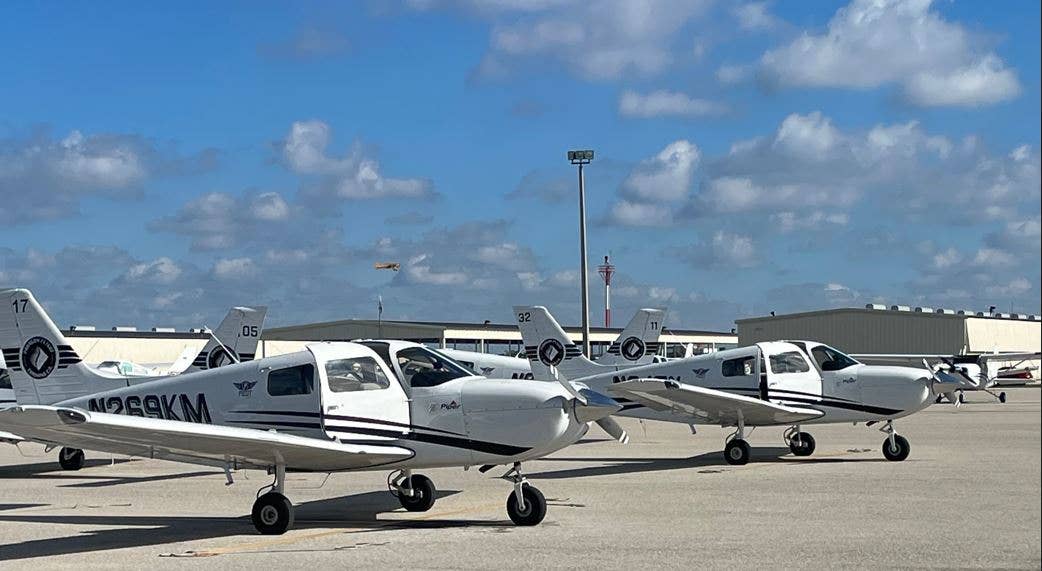
Paragon Flight Training said student enrollment is at an all-time high in 2024. [Courtesy: Paragon Flight Training]
Paragon Flight Training in Fort Myers, Florida, announced it is on track to see a 60 percent increase in training hours flown this year over last.
The school, located at Page Field Airport (KFMY), is reporting student enrollment is at an all-time high.
According to company president Chris Schoensee, enrollment for the first quarter of 2024 was record setting, creating a backlog of clients who will begin their flight training in September, with other student start dates extended to spring 2025.
"Clearly, the demand for pursuing a career as a commercial pilot remains exceptionally strong," Schoensee said. "And it’s not just at Paragon Flight. I’m hearing of positive growth trends in other peer flight academies as well.”
The school predicts it will conduct 40,000 hours of training in 2024, up from 26,000 in 2023.
- READ MORE: Paragon Flight Training Continues to Grow
Paragon now has 50 full-time flight instructors to meet the demand. The school is also increasing its number of maintenance technicians to eight and adding more aircraft to the fleet.
According to school officials, Paragon Flight is on track to add 50 Piper aircraft by the end of 2027. This year, the company is expected to take delivery of nine Piper P100i's with the first arriving on-site this month. The Piper P100i is the backbone of the Paragon fleet, as the school owns approximately 15 percent of the Piper P100i’s in existence.
- READ MORE: Commercial Airline Flight Schools in Florida
Paragon Flight is also adding to its simulator training offerings, planning to take delivery of two more ALSIM devices and a Redbird Xwind simulator within the next 12 to 15 months.
“Advanced simulator training is an absolute must for leading pilot training programs,” Schoensee said. “The ALSIM simulator matches the cockpit of the Piper P100i button for button, and the Redbird Xwind simulator is essential for maximizing student training in crosswind conditions, which are the most difficult conditions for student pilots to master in the first stages of their pilot training experience.”

Subscribe to Our Newsletter
Get the latest FLYING stories delivered directly to your inbox

